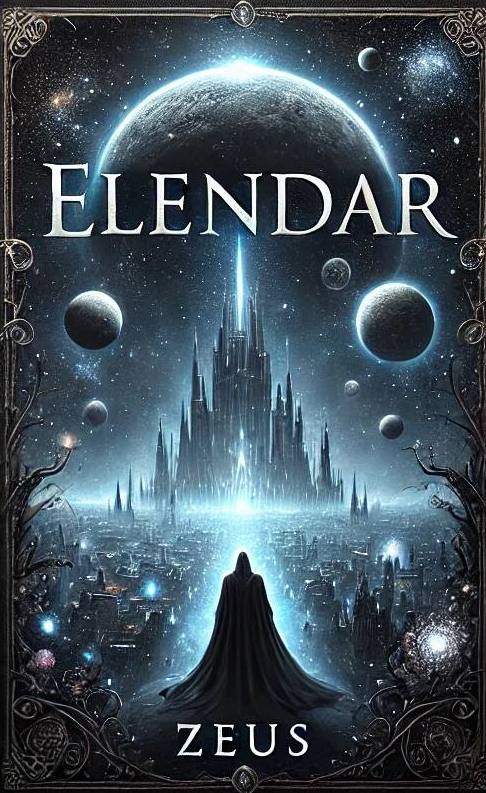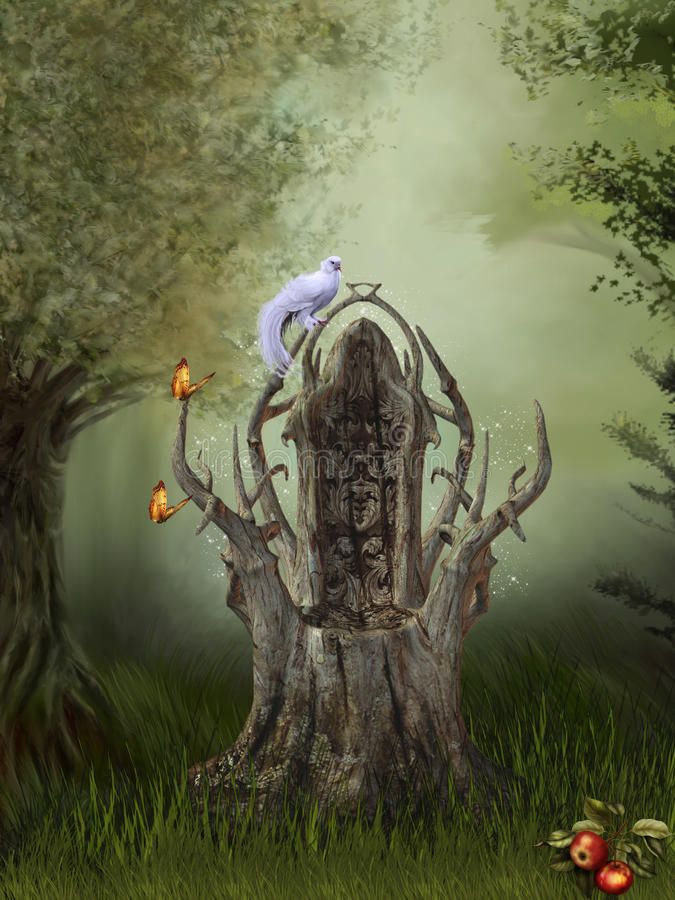The defining characteristic of the fight as a concept in Military science has changed with the variations in the organisation, employment and technology of military forces. The English military historian John Keegan suggested an ideal definition of battle as “something which happens between two armies leading to the moral then physical disintegration of one or the other of them” but the origins and outcomes of battles can rarely be summarized so neatly.[5] Battle in the 20th and 21st centuries is defined as the combat between large components of the forces in a military campaign, used to achieve military objectives.[6] Where the duration of the battle is longer than a week, it is often for reasons of planning called an operation. Battles can be planned, encountered or forced by one side when the other is unable to withdraw from combat.
A battle always has as its purpose the reaching of a mission goal by use of military force.[7] A victory in the battle is achieved when one of the opposing sides forces the other to abandon its mission and surrender its forces, routs the other (i.e., forces it to retreat or renders it militarily ineffective for further combat operations) or annihilates the latter, resulting in their deaths or capture. A battle may end in a Pyrrhic victory, which ultimately favors the defeated party. If no resolution is reached in a battle, it can result in a stalemate. A conflict in which one side is unwilling to reach a decision by a direct battle using conventional warfare often becomes an insurgency.
Until the 19th century the majority of battles were of short duration, many lasting a part of a day. (The Battle of Preston (1648), the Battle of Nations (1813) and the Battle of Gettysburg (1863) were exceptional in lasting three days.) This was mainly due to the difficulty of supplying armies in the field or conducting night operations. The means of prolonging a battle was typically with siege warfare. Improvements in transport and the sudden evolving of trench warfare, with its siege-like nature during the First World War in the 20th century, lengthened the duration of battles to days and weeks.[7] This created the requirement for unit rotation to prevent combat fatigue, with troops preferably not remaining in a combat area of operations for more than a month.
Finnish soldiers on the Raate Road[8][9] during the Winter War
The use of the term “battle” in military history has led to its misuse when referring to almost any scale of combat, notably by strategic forces involving hundreds of thousands of troops that may be engaged in either one battle at a time (Battle of Leipzig) or operations (Battle of Kursk). The space a battle occupies depends on the range of the weapons of the combatants. A “battle” in this broader sense may be of long duration and take place over a large area, as in the case of the Battle of Britain or the Battle of the Atlantic. Until the advent of artillery and aircraft, battles were fought with the two sides within sight, if not reach, of each other. The depth of the battlefield has also increased in modern warfare with inclusion of the supporting units in the rear areas; supply, artillery, medical personnel etc. often outnumber the front-line combat troops.
Battles are made up of a multitude of individual combats, skirmishes and small engagements and the combatants will usually only experience a small part of the battle. To the infantryman, there may be little to distinguish between combat as part of a minor raid or a big offensive, nor is it likely that he anticipates the future course of the battle; few of the British infantry who went over the top on the first day on the Somme, 1 July 1916, would have anticipated that the battle would last five months. Some of the Allied infantry who had just dealt a crushing defeat to the French at the Battle of Waterloo fully expected to have to fight again the next day (at the Battle of Wavre).
Battlespace
Main article: Battlespace
Battlespace is a unified strategic concept to integrate and combine armed forces for the military theatre of operations, including air, information, land, sea and space. It includes the environment, factors and conditions that must be understood to apply combat power, protect the force or complete the mission, comprising enemy and friendly armed forces; facilities; weather; terrain; and the electromagnetic spectrum.
Factors
Battles are decided by various factors, the number and quality of combatants and equipment, the skill of commanders and terrain are among the most prominent. Weapons and armour can be decisive; on many occasions armies have achieved victory through more advanced weapons than those of their opponents. An extreme example was in the Battle of Omdurman, in which a large army of Sudanese Mahdists armed in a traditional manner were destroyed by an Anglo-Egyptian force equipped with Maxim machine guns and artillery.
On some occasions, simple weapons employed in an unorthodox fashion have proven advantageous; Swiss pikemen gained many victories through their ability to transform a traditionally defensive weapon into an offensive one. Zulus in the early 19th century were victorious in battles against their rivals in part because they adopted a new kind of spear, the iklwa. Forces with inferior weapons have still emerged victorious at times, for example in the Wars of Scottish Independence. Disciplined troops are often of greater importance; at the Battle of Alesia, the Romans were greatly outnumbered but won because of superior training.
Battles can also be determined by terrain. Capturing high ground has been the main tactic in innumerable battles. An army that holds the high ground forces the enemy to climb and thus wear themselves down. Areas of jungle and forest, with dense vegetation act as force-multipliers, of benefit to inferior armies. Terrain may have lost importance in modern warfare, due to the advent of aircraft, though the terrain is still vital for camouflage, especially for guerrilla warfare.
Generals and commanders also play an important role, Hannibal, Julius Caesar, Khalid ibn Walid, Subutai and Napoleon Bonaparte were all skilled generals and their armies were extremely successful at times. An army that can trust the commands of their leaders with conviction in its success invariably has a higher morale than an army that doubts its every move. The British in the naval Battle of Trafalgar owed its success to the reputation of Admiral Lord Nelson.










